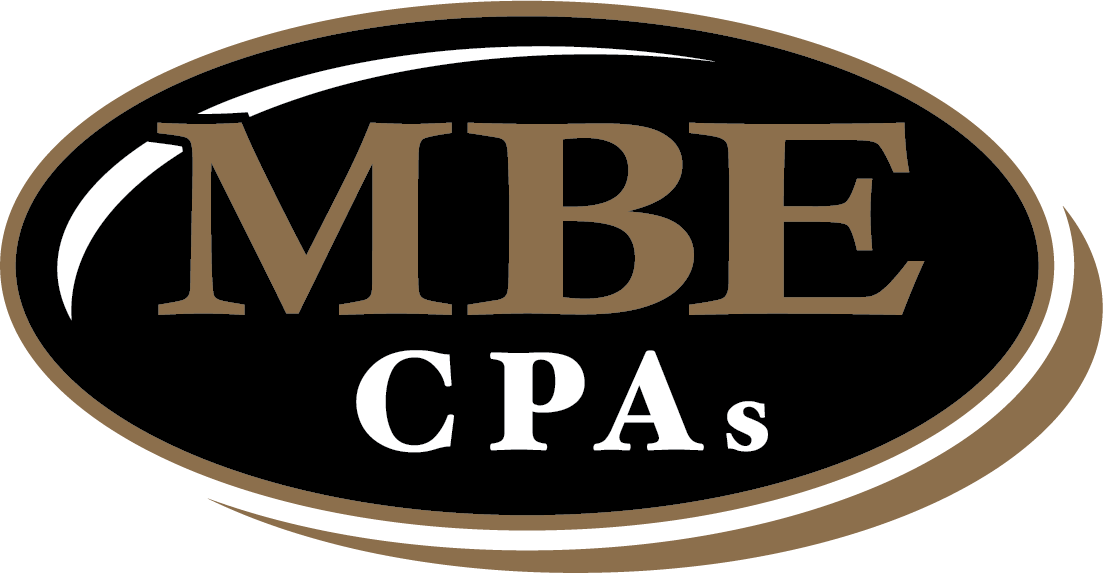5 Ways to Keep Your Nonprofit Financially Stable in 2023

2022’s been spent on reacting to the impacts of inflation, which, sadly, did not melt away with winter. With renewed vigor, you can make your nonprofit organization recession-resistant so you can prepare for the upcoming challenges. Whether you know it or not, following the right practices can help build a solid financial foundation and set your nonprofit up for success.
In this blog post, we’ll discuss various strategies for creating healthy financial habits that will last.
Challenges Your Nonprofit Can Continue to Face
• Economic Instability
Three issues stem from an unstable economy: rising operating costs, decreasing donor contributions, and the dwindling value of dollars.
Nonprofits typically depend on grants, donations, and other sources of financial support. Because money is tight, operating costs tend to rise while the value of donors’ contributions takes a dive. Donations tend to decline in quantity and quality, affecting your ability to deliver your mission and making it increasingly difficult to support the people you serve.
• Economic Instability
Nonprofits, like other organizations, have been struggling to keep their employees on board due to several reasons:
- Better opportunities elsewhere
- Invisible career paths
- Disengagement
- Compensation and benefits
- Personal or family reasons
- Changed career path
In addition, due to the sudden increase in talent looking for new positions (i.e., the “Great Reshuffle”), nonprofit companies are feeling the crunch as they compete against larger corporations that offer increased benefits and compensation packages.
However, on a lighter note, this can also open a great opportunity for you as more job seekers pursue meaning in their professional lives. Younger generations increasingly prioritize impact over salary, leading to the growing trend of people resigning from the corporate grind.
5 Ways to Strengthen Your Nonprofit’s Financial Foundation
1. Diversify your revenue streams.
Diversifying your nonprofit’s revenue streams by finding additional sources of income can help increase sustainability and open up opportunities you didn’t think were even possible!
Start by reviewing your existing funding model and assessing how each source performs. After that, check out other funding sources which you can incorporate. From virtual peer-to-peer fundraisers to launching impactful crowdfunding campaigns to setting up service contracts, there are many creative ways to bring in extra revenue that doesn’t involve asking someone else for money.
By diversifying your income streams, you’re protecting your nonprofit’s future and giving yourself wriggle room to keep innovating, growing, and spreading positive change worldwide.
2. Strengthen your volunteer program.
Time is money. That’s why even though volunteerism is not a revenue stream per se, it is one of the best individual donations you can tap into. With the right program, many people are willing to volunteer their time for a cause. In fact, around 63 million Americans put their energy and talents forward to making a difference, and this, in value, is equivalent to $193 billion worth of time.
Experienced volunteers often bring more than administrative help. They offer expertise, enthusiasm, and ROI that would be impossible to achieve with money alone. Furthermore, having an engaged base of volunteers gives nonprofits a competitive edge over other similar organizations by enabling them to stretch their resources for maximum impact.
To begin, provide clear guidelines, create easy signup processes, and offer online training/resources. Creating an online recognition program can also ensure that current volunteers feel appreciated and motivated to come back again and again. The bottom line is to take the time and invest the necessary effort into satisfying both new potential volunteers and those who have committed their time and energy over a long time.
3. Boost donor engagement.
As people grow wary of their spending due to inflation, keeping donors on board with your mission becomes challenging. But let’s not blame everything on economic volatility. Like any relationship, building and maintaining rapport takes a lot of effort, and consistency is always key. Don’t leave them out in the cold for long!
Establish two-way relationships with your donors. Act as a source of support, information, and insights, and welcome valuable feedback from their side. This approach reinforces a sense of trust and connection, which can exponentially impact donor retention. Keep them in the loop with newsletters. Make them feel appreciated by sending thank you cards or gifts.
It doesn’t have to be grand. The key takeaway here: let donors know they’re being heard and appreciated, and you will dramatically increase your chances of expanding your donor base even further. Successful nonprofits don’t happen by accident. Budget ample time (and money) into nurturing lasting bonds between you and your supporters.
Of course, this is more complex than we make it out to be. Each individual needs to experience attention, appreciation, and care tailored to their interests and needs if you want them to stay with you for the long haul. If your nonprofit is stuck trying to put together a great program to engage your donors, reach out to Brand House Marketing and they have the brains you need to pick!
4. Have an operating reserve fund ready.
We’ve seen many organizations, who were at their A game, suspend their operations at the onset of the pandemic, never to be heard from again.
Things beyond our control can happen, so taking charge of those within your power is crucial, like ensuring you have enough operating reserve funds. Setting aside cash for your reserves helps cushion you from cash flow disruptions. You know what they say: save for the rainy days!
5. Do your bookkeeping right (with the right tool).
An organized financial record will save you time in the short run and help make a great impression if your nonprofit ever needs to pass an audit. Keeping up with the numbers is tedious, but investing in good accounting software and staying conscientious can be the difference between achieving your mission and letting it dissolve in paperwork! Don’t let a mountain of numbers prevent your organization from fulfilling its purpose – start keeping up with the books now, and your nonprofit venture is sure to fly.
Key Takeaway
With all these strategies implemented, you might have more financial stability than ever before. Diversifying your revenue streams, reinforcing donor engagement, and establishing a sufficient operating reserve fund will help alleviate any unexpected future hardship. Meanwhile, donor engagement can help you save on labor costs and augment workforce shortage. And finally, having the right bookkeeping tool can help keep finances better organized and up-to-date – making economic operations easier to navigate.
All these tips will surely put your nonprofit in good stead now and in the future. If you want to learn more or need support along your nonprofit journey – contact MBE CPAs!
This article was written by our marketing affiliate and contributor, Brand House Marketing. Reach out to them today for creative and custom-tailored marketing solutions for your company.
